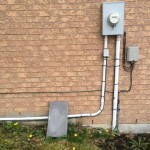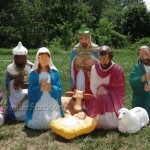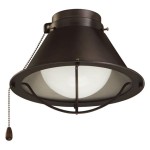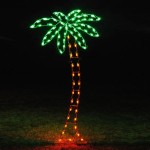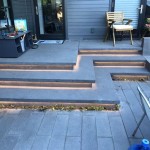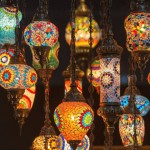Essential Aspects of Choosing the Best Bulb for Outdoor Light Fixtures
Outdoor light fixtures play a crucial role in enhancing the safety, security, and aesthetic appeal of your property. However, selecting the right bulb is essential to maximize the effectiveness and durability of your fixtures. Here are several key aspects to consider:
Brightness and Lumens
The brightness of a bulb is measured in lumens. A higher lumen output indicates a brighter bulb. For outdoor areas, you will typically need bulbs with a lumen output of at least 800-1000 lumens to provide adequate illumination. Consider the size and purpose of the area you intend to illuminate when selecting the appropriate brightness level.
Color Temperature
Color temperature is measured in Kelvins (K) and refers to the color of light emitted by the bulb. Warmer colors, such as those around 2700-3000K, create a more inviting and cozy atmosphere, while cooler colors, around 4000-5000K, provide a brighter and more energizing effect. Choose a color temperature that complements the ambiance you desire in your outdoor space.
Bulb Type
There are various types of bulbs available for outdoor light fixtures, each with its own advantages and disadvantages:
- Incandescent bulbs: Traditional bulbs that emit a warm, yellowish light. They are inexpensive but have a short lifespan and consume more energy compared to other options.
- Compact fluorescent bulbs (CFLs): Energy-efficient bulbs that produce a brighter, whiter light. They last longer than incandescent bulbs but may contain mercury, which should be considered when disposing of them.
- Light-emitting diodes (LEDs): The most energy-efficient option, LEDs provide a long lifespan, emit a wide range of colors, and are environmentally friendly.
- High-intensity discharge (HID) bulbs: High-powered bulbs that produce intense light. They are often used for large outdoor areas but require specialized fixtures and ballasts.
Base Type
The base type refers to the shape and size of the bulb's base that fits into the light fixture. Common base types for outdoor light fixtures include E26 (standard size), E27 (slightly larger than E26), GU10 (twin-prong base), and MR16 (small, low-voltage base). Ensure that the bulb you choose matches the base type of your fixture.
Protection Rating
The IP (Ingress Protection) rating indicates the level of protection a bulb has against dust and moisture. Outdoor bulbs should have an IP rating of at least IP65, which ensures resistance to dust ingress and water jets.
Dimmability
If you want the flexibility to adjust the brightness of your outdoor lights, choose dimmable bulbs. Dimmable bulbs allow you to create different lighting moods and save energy when necessary.
Additional Considerations
In addition to the essential aspects mentioned above, consider the following factors:
- Shape and size: Choose bulbs that fit the size and shape of your light fixture.
- Lifespan: Look for bulbs with a longer lifespan to reduce the frequency of replacements.
- Energy consumption: Energy-efficient bulbs can save you money on energy bills.
- Smart features: Some bulbs offer smart features such as remote control or voice activation, providing additional convenience and control.
By carefully considering these essential aspects, you can select the best bulb for your outdoor light fixtures, ensuring optimal illumination, energy efficiency, and longevity.

What Is The Best Led Color Temperature For Outdoor Lighting

Best Outdoor Lighting Bulbs Of 2024

Best Color Temperature For Outdoor Lighting Enhanced

Choose The Best Color Temperature For Your Outdoor Lighting Knowledge Base Super Bright Leds

9 Best Light Bulbs For Outdoor Fixture In 2024

Outdoor Lighting Guide Lowe S
How To Choose The Best Outdoor String Lights

10 Best Outdoor Patio String Lights For 2024

Insignia 24 Ft Outdoor String Lights White Ns Strl24ft3 Best Buy

Philips Led 90 Watt Par38 In Outdoor Flood Light Bulb Bright White Dimmable 40 Beam Spread E26 Medium Base 2 Pack Com
Related Posts
